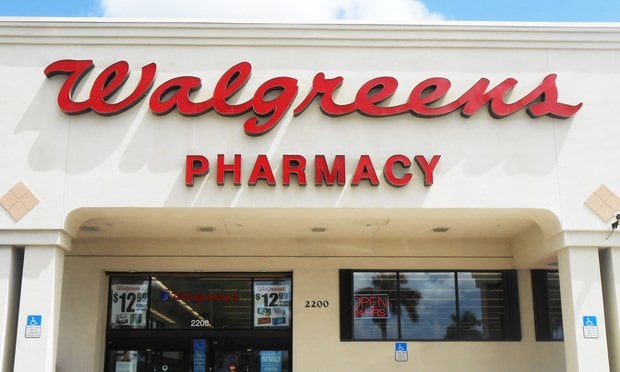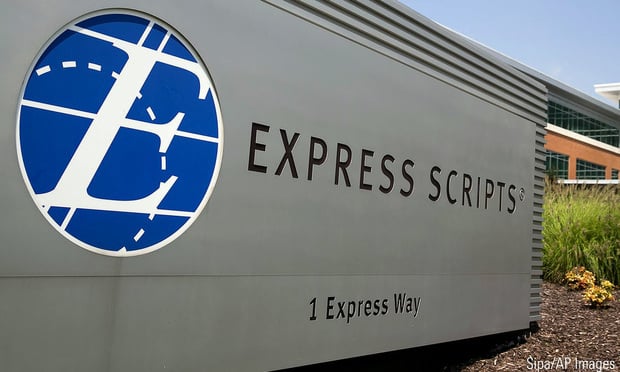Self-insured plans have been around for a long time, but have received more attention in recent years as employers look for ways to keep their health care costs in check.
Whether your client is a longtime participant or new to the game, self-insured plan sponsors need to obtain or renew a stop-loss insurance policy, a policy placed on a self-insured medical plan that reimburses the plan sponsor for claims exceeding specified levels.
Related: Top 10 catastrophic claims for self-funded employers
While straightforward on the surface, getting the details right in a stop-loss coverage can save or cost millions. There are two primary forms of stop-loss policies:
Specific stop-loss reimburses the plan sponsor for individual claims that exceed a specific level, called the attachment point or deductible, during the policy period. For example, a policy with a $250,000 attachment point would essentially cap an employer's cost for each member at $250,000 in a year.
Aggregate stop-loss reimburses the plan sponsor if total claims in the plan exceed a specified level in a year. This level is usually expressed as a percentage of expected plan costs (e.g., 125 percent). As an example, a plan that is expected to have claims totaling $10 million in a year with 125 percent aggregate stop-loss would be reimbursed for claims above $12.5 million in the year. These policies typically have a maximum reimbursement level ($1 million is common).
Here is a quick checklist to review when looking at stop-loss renewals.


© 2025 ALM Global, LLC, All Rights Reserved. Request academic re-use from www.copyright.com. All other uses, submit a request to [email protected]. For more information visit Asset & Logo Licensing.







